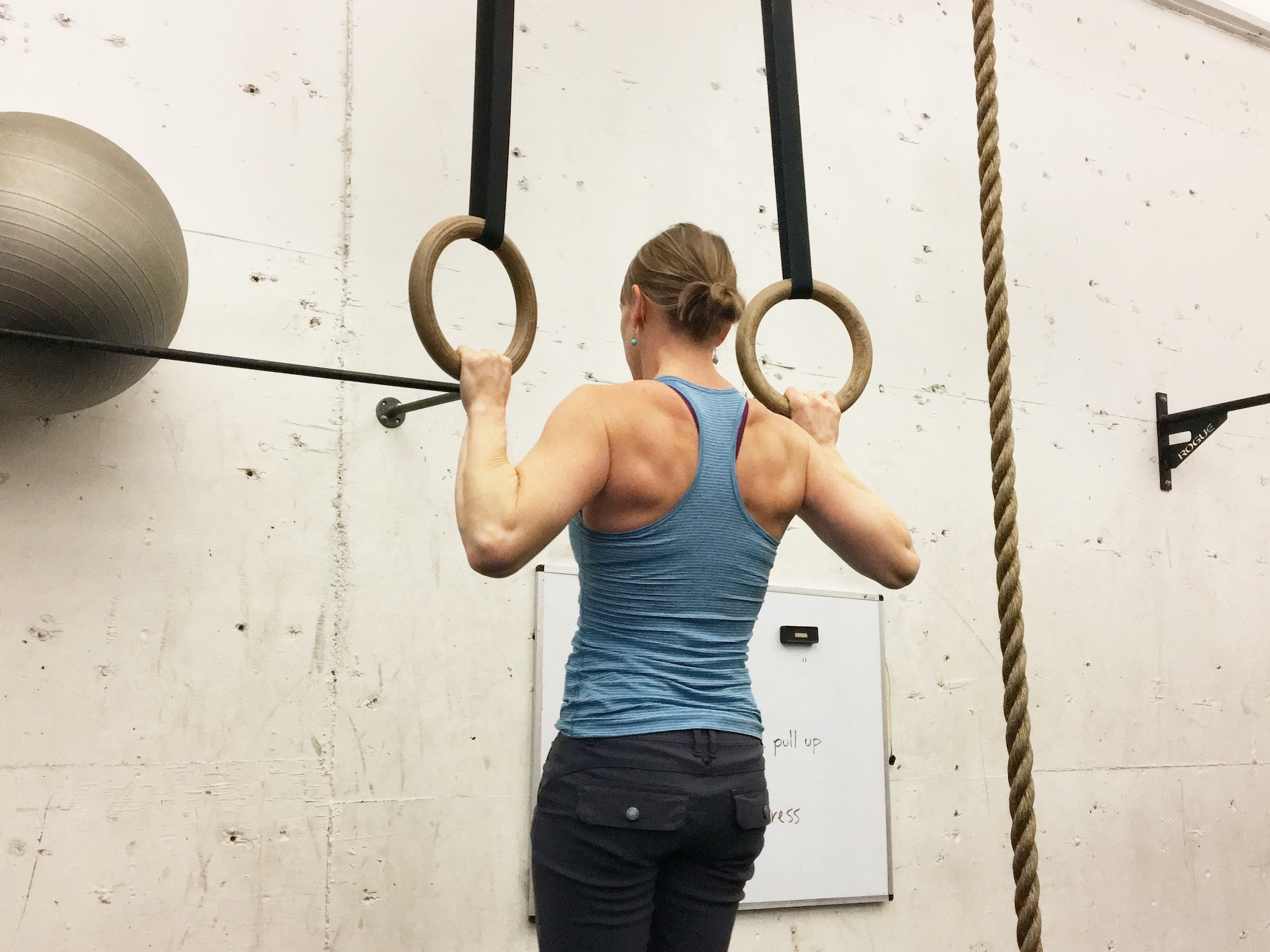Let’s delve into the world of pull-ups, an exercise that, while challenging, provides an impressive array of fitness benefits. Many fitness enthusiasts label pull-ups as one of the most effective exercises for upper body strength.
Pull-ups target multiple muscle groups for stabilization, including the back, shoulders, arms, and abs. When you perform a pull-up, you’re conducting an orchestra of muscles to work in harmony, boosting your strength, endurance, and coordination.
The central player in this orchestration is your latissimus dorsi, or ‘lats’ – the broadest muscles in your back. These muscles are primarily responsible for the pulling motion in pull-ups. But they work with others. The brachialis and brachioradialis muscles, located in your arms, assist in pulling your body upwards. In contrast, your rhomboids, trapezius, and other upper back and shoulder muscles contribute to the movement and stabilization.
Your biceps contract as you lift your body upward, making pull-ups a fantastic arm workout. And let’s remember the role of the abs in pull-ups. Like the pillars supporting a building, your abs, especially the rectus abdominis, and obliques, provide the necessary stabilization to maintain your body position throughout the exercise.
The beauty of pull-ups also lies in their versatility and scalability. Whether it’s a traditional pull-up, a chin-up with palms facing towards you, or a neutral grip pull-up with palms facing each other, each variation targets your muscles slightly differently, offering unique benefits.
Always engage your core during these exercises, and ensure your form is correct to avoid injury. As fitness expert and author Bret Contreras aptly advises, “Better to do fewer reps and maintain good form. Good form can help prevent injuries and ensure you get the most out of your workout.”
Consulting with a trainer or fitness professional may be helpful when first starting. They can provide valuable tips on correctly executing pull-ups and suggest appropriate modifications or assistive strategies, such as using a resistance band if you find them challenging.
In essence, pull-ups are a comprehensive upper-body workout that cultivates both strength and muscular endurance. They are a testament to the power of bodyweight exercises and their role in fostering functional fitness.
So, here’s an invitation to revisit this classic exercise. In the words of Jillian Michaels, fitness expert, and author, “It’s not about perfect. It’s about effort.” Embrace the challenge of pull-ups, and you’ll be rewarded with progress.
Now, let’s turn the discussion to you: what are your experiences with pull-ups? Do you find them challenging or rewarding? A bit of both? Do you have a personal success story related to pull-ups that you’d like to share? We’d love to hear from you in the comments below!
